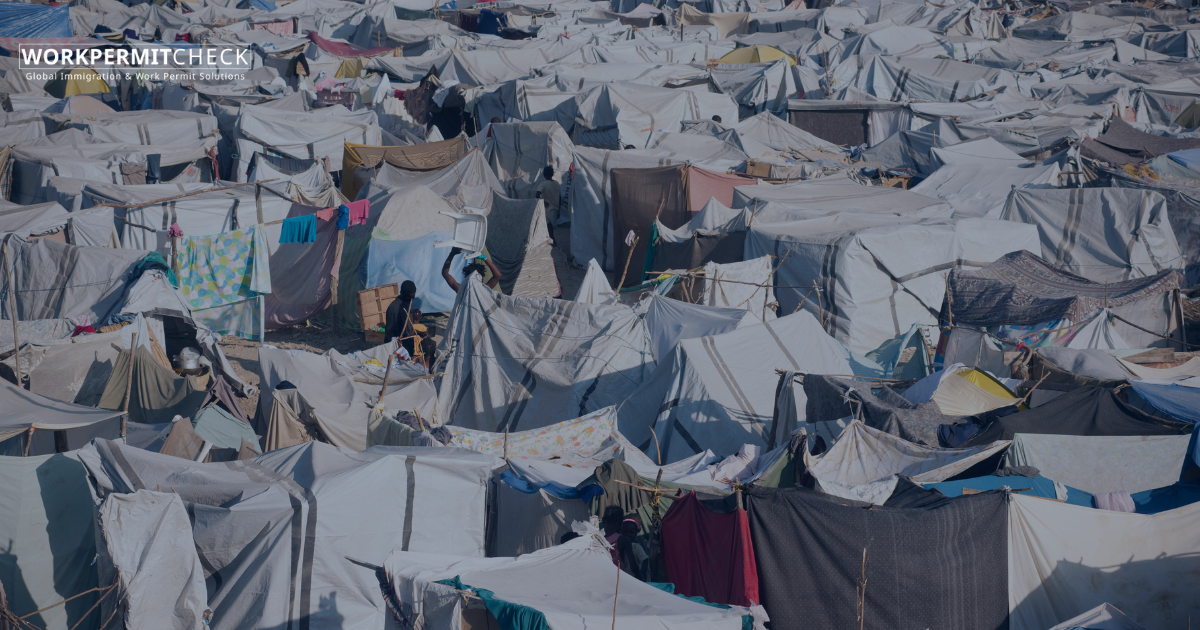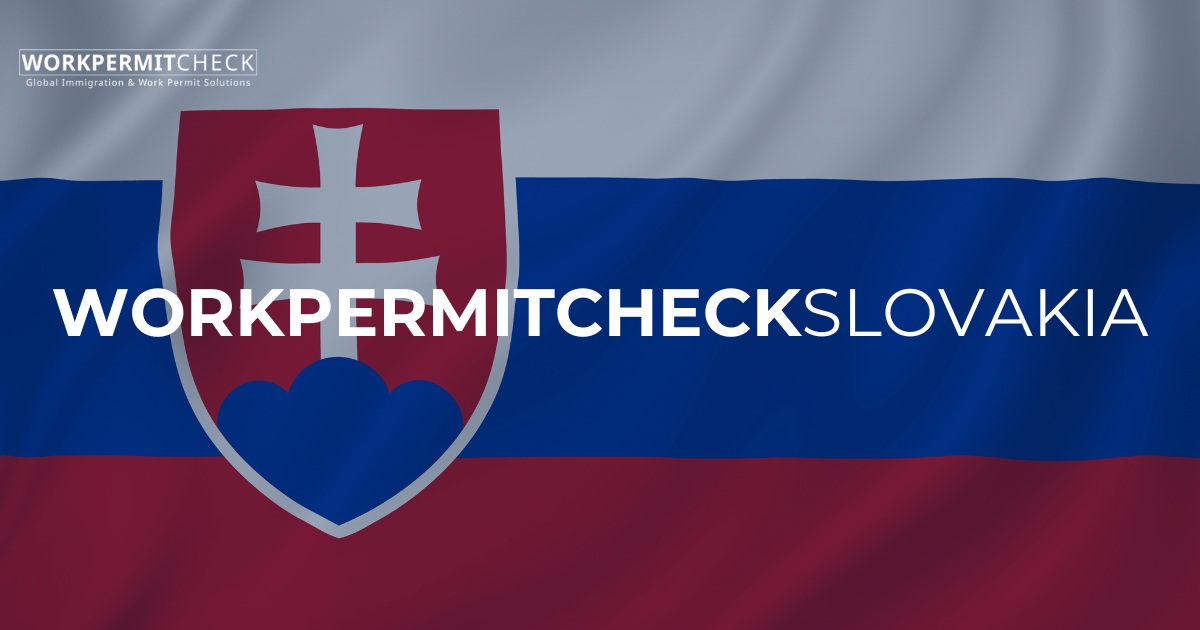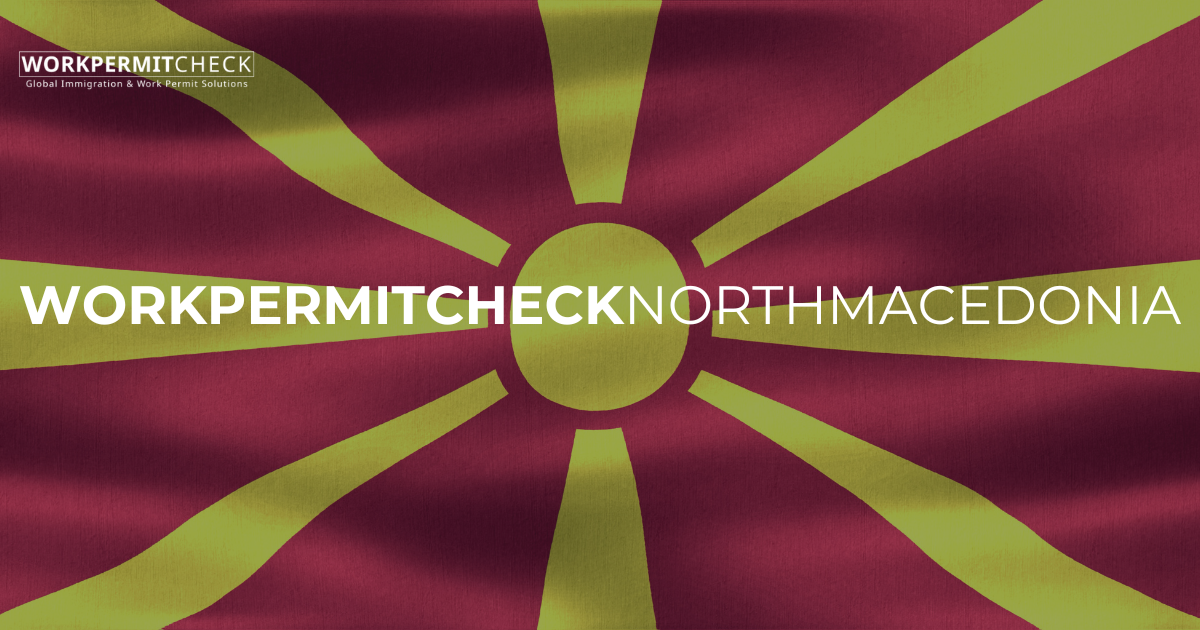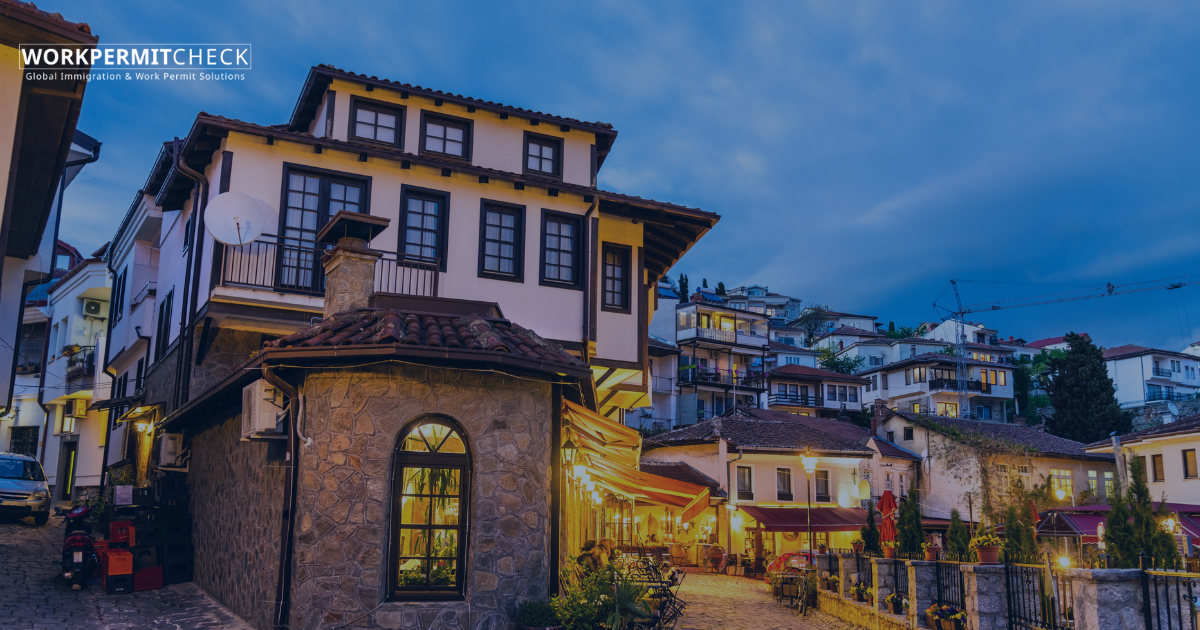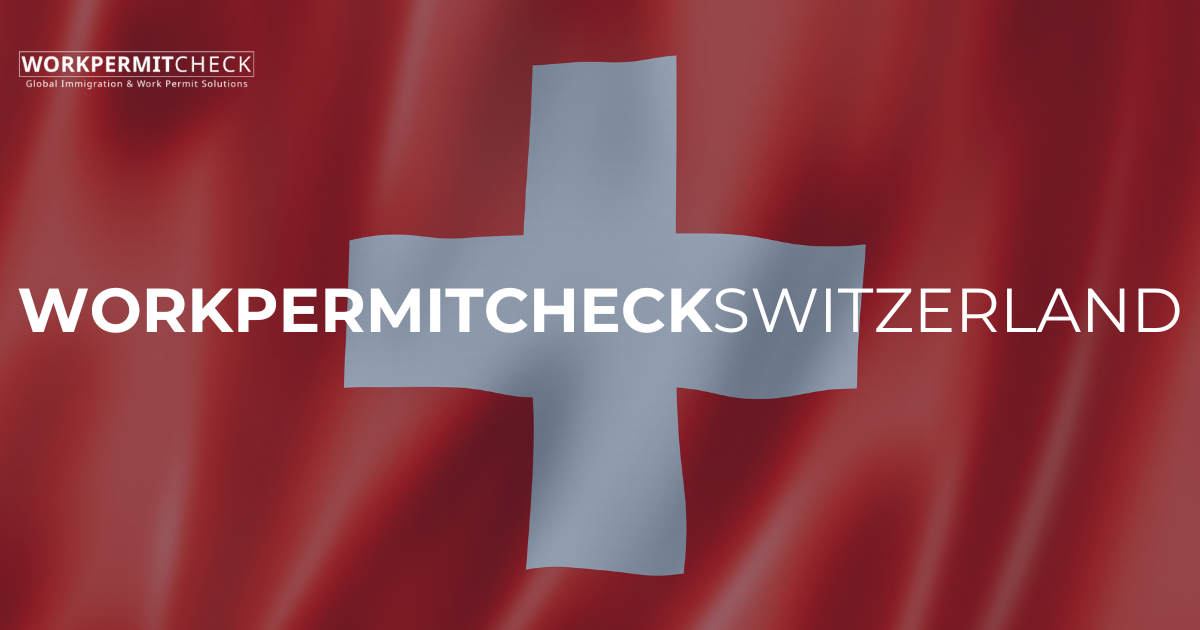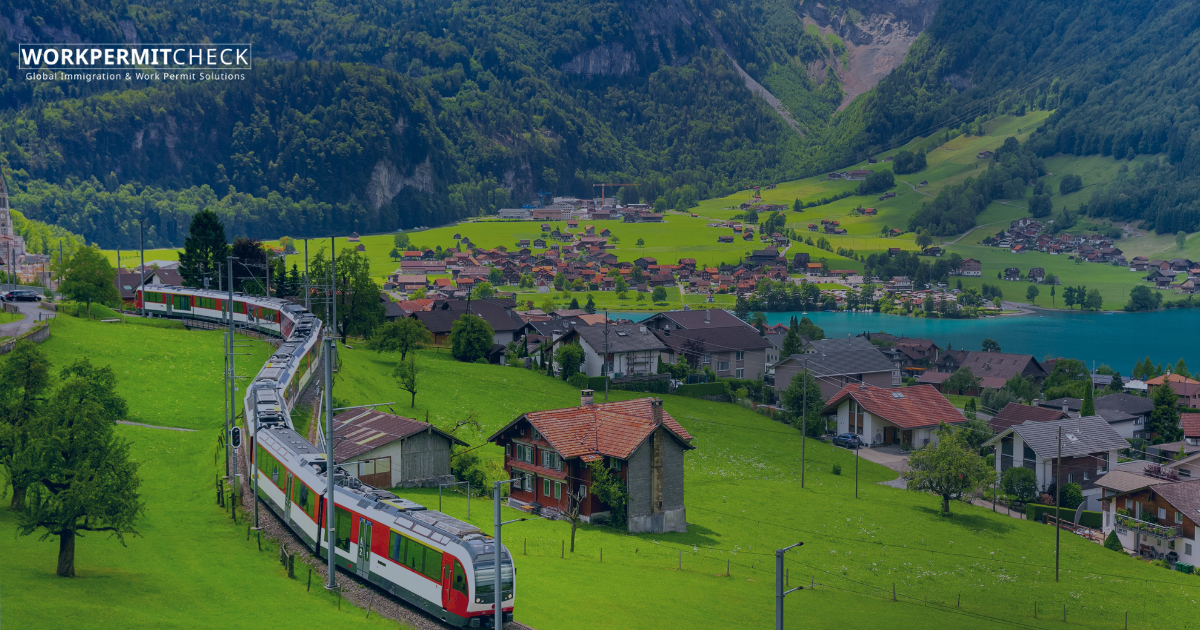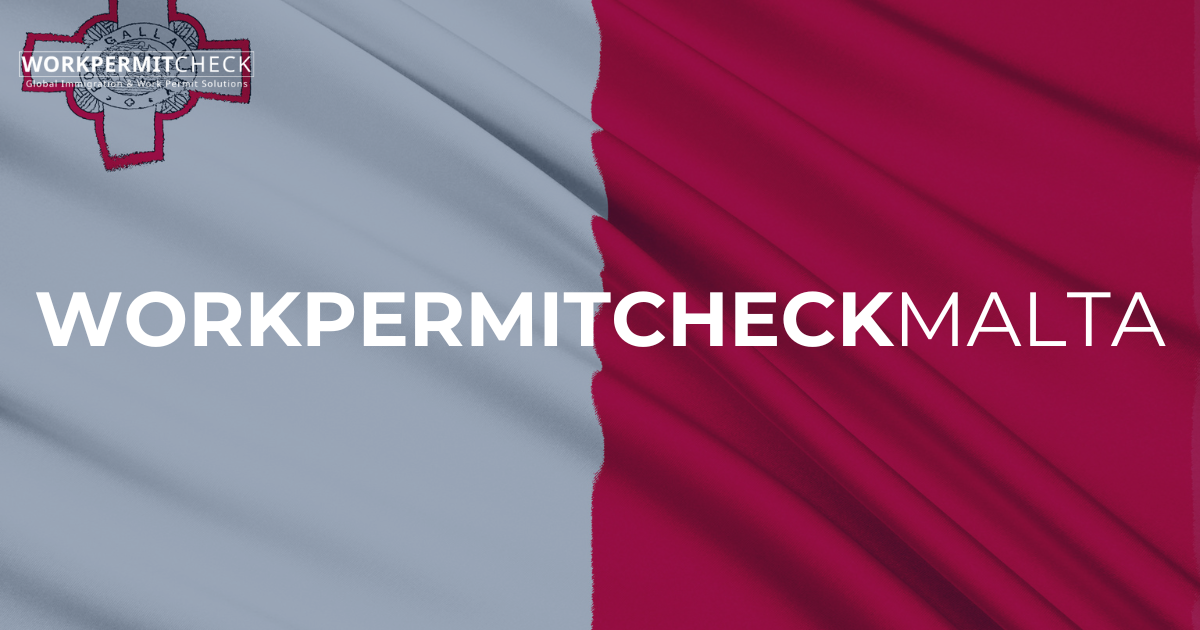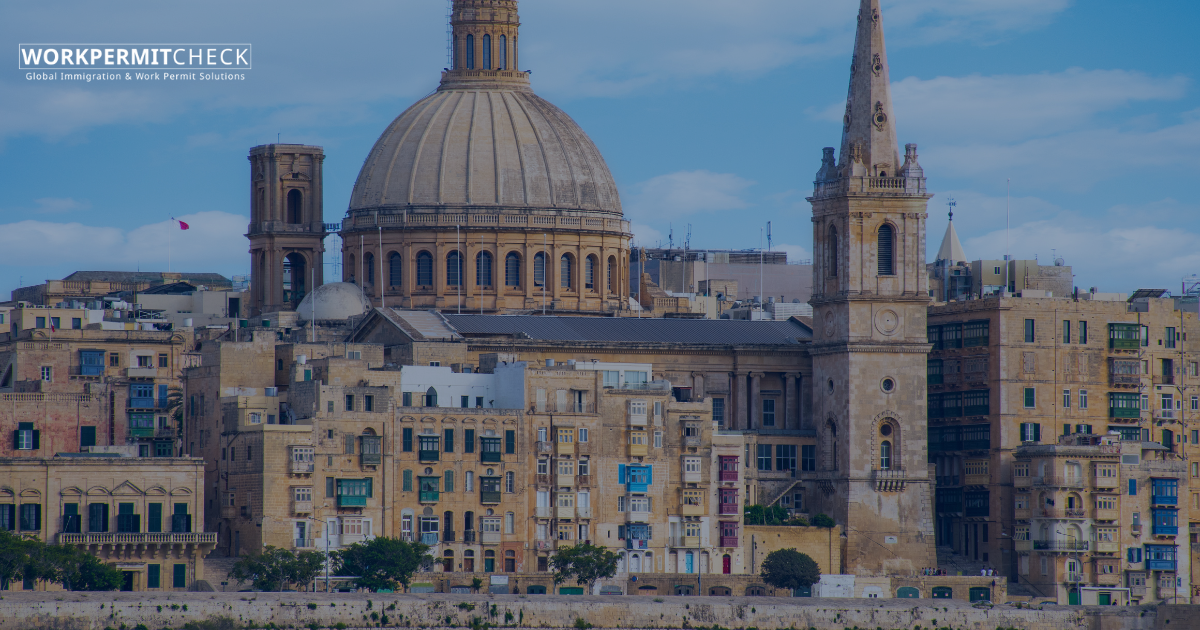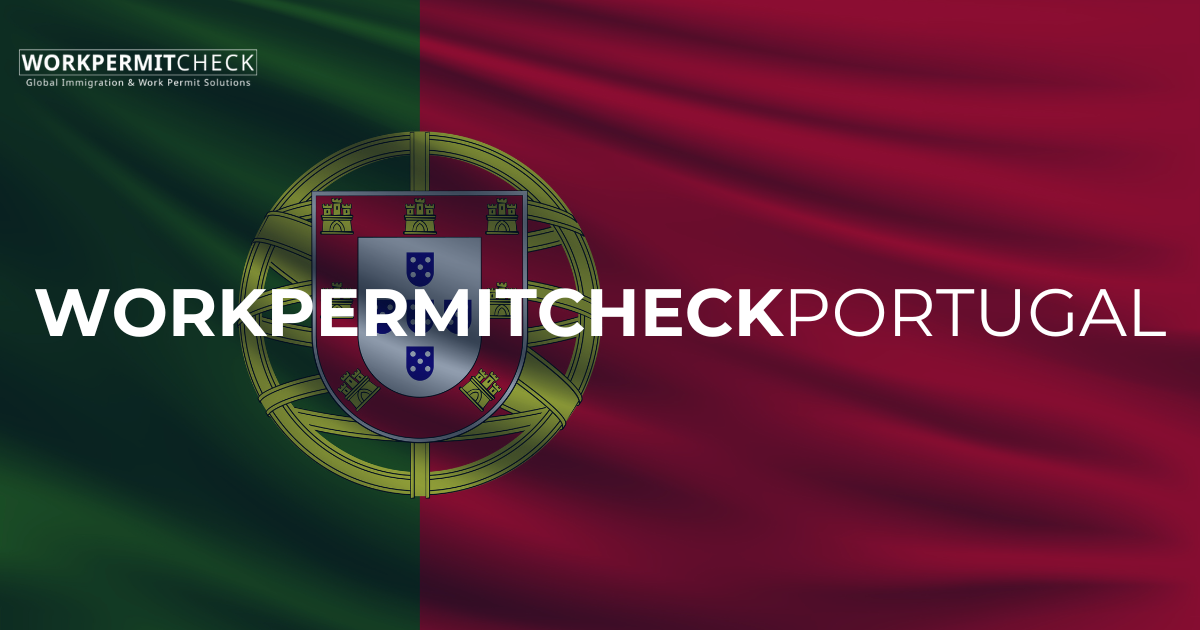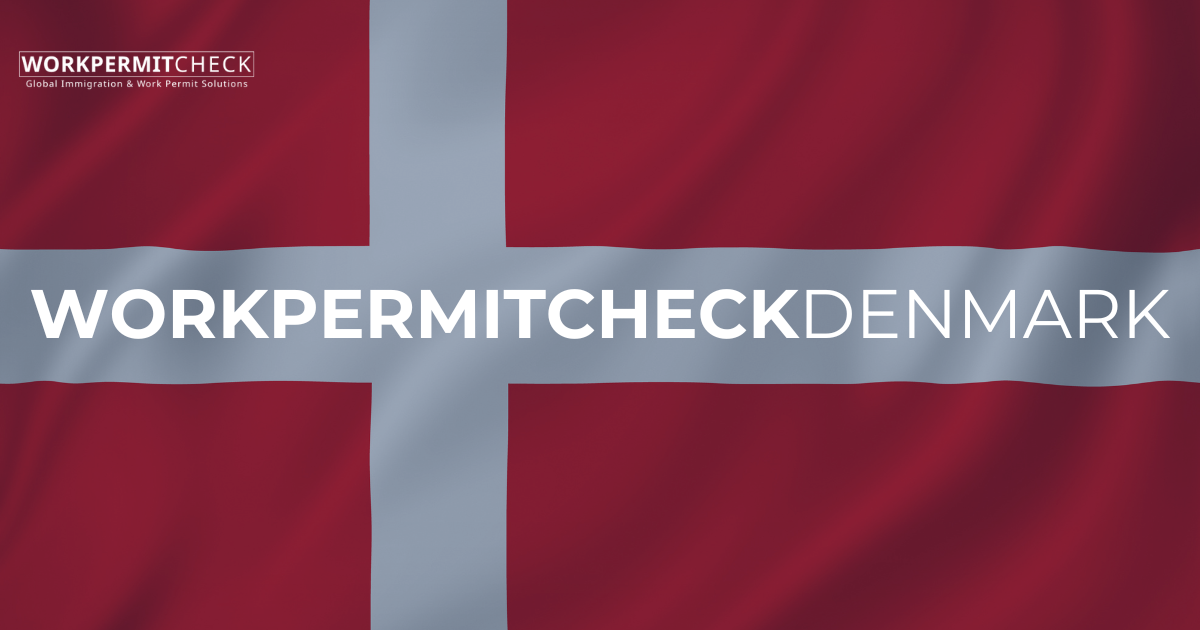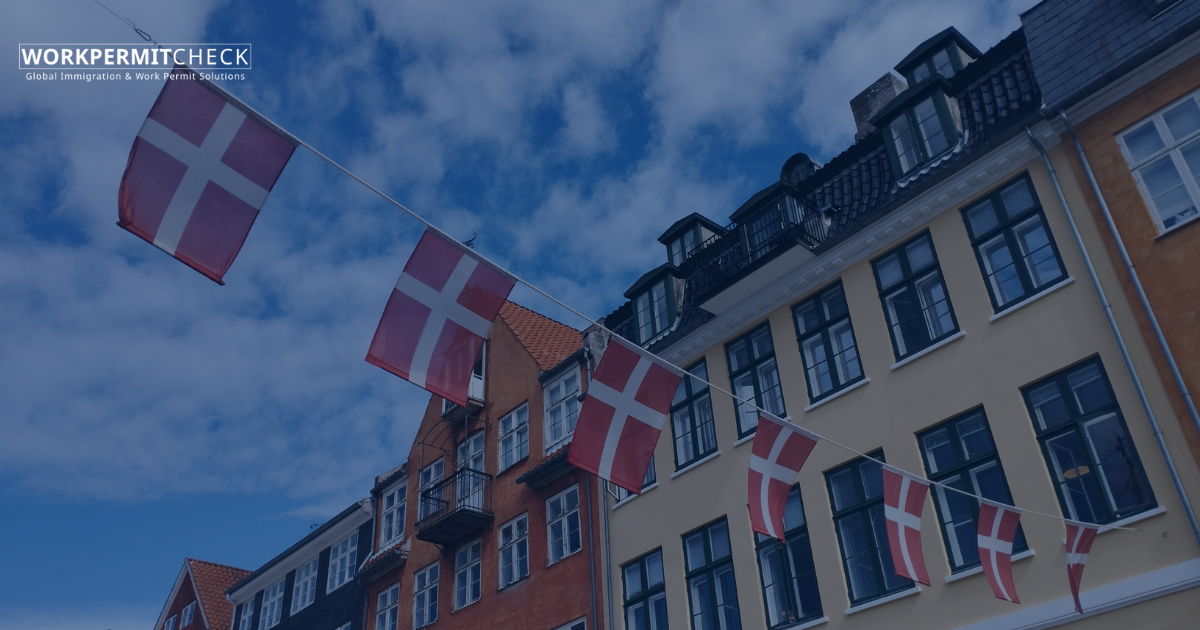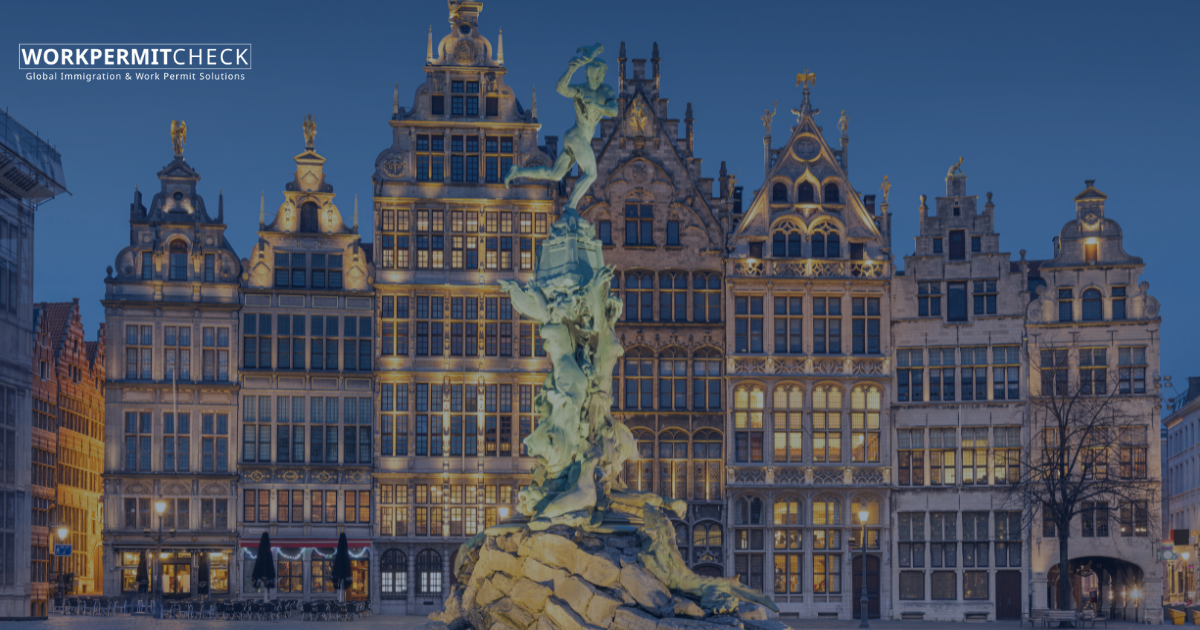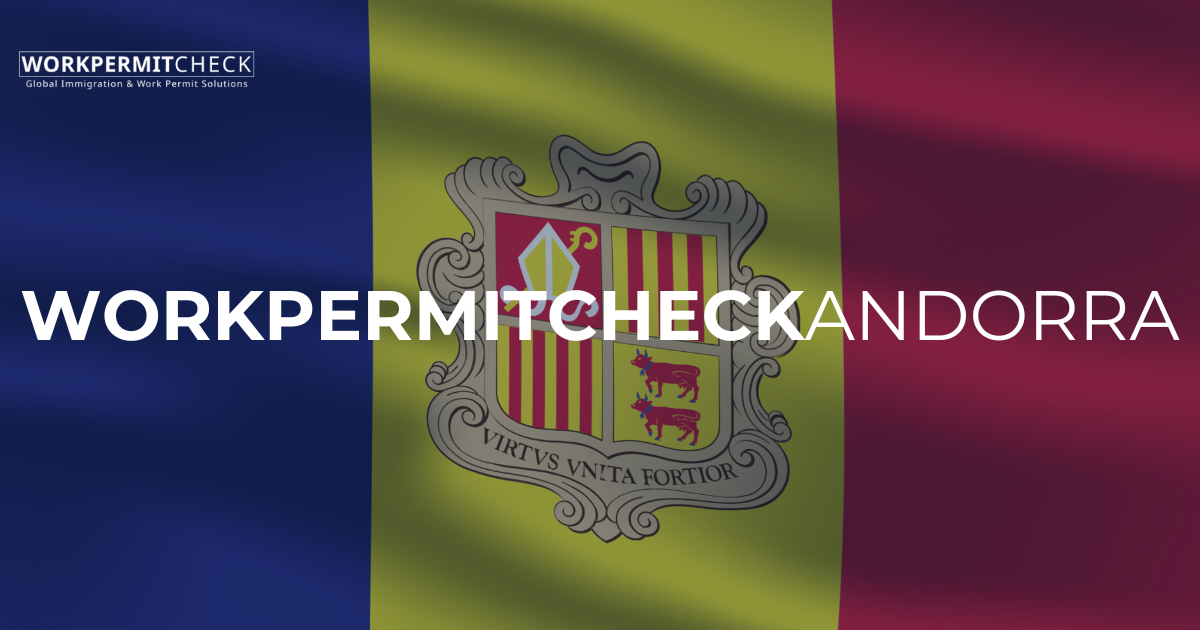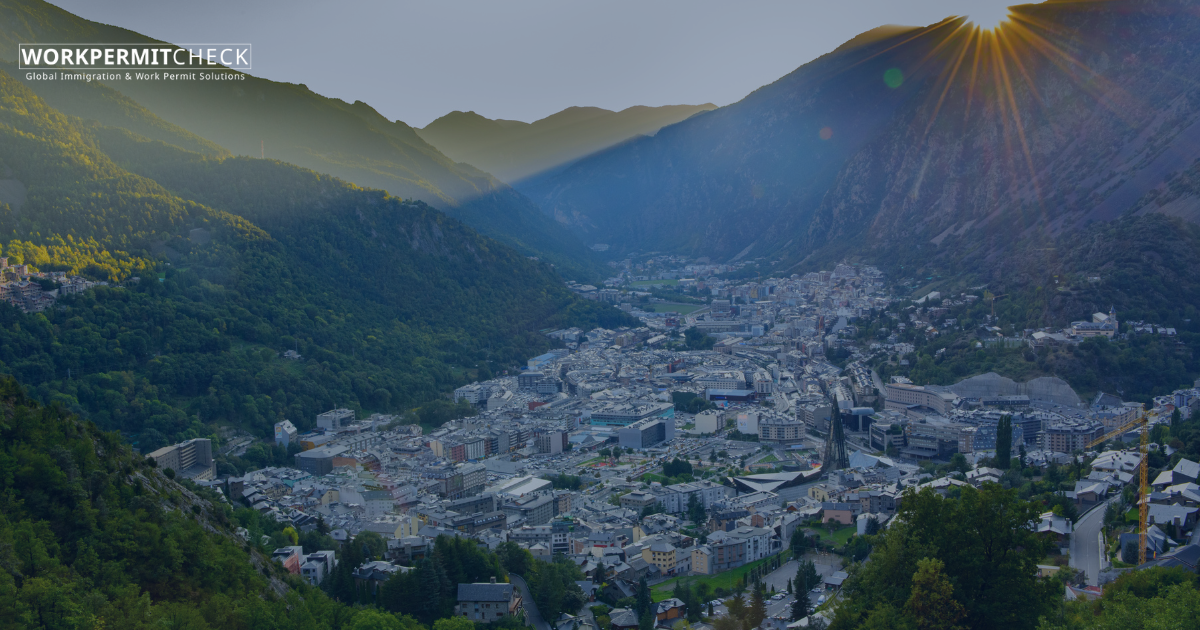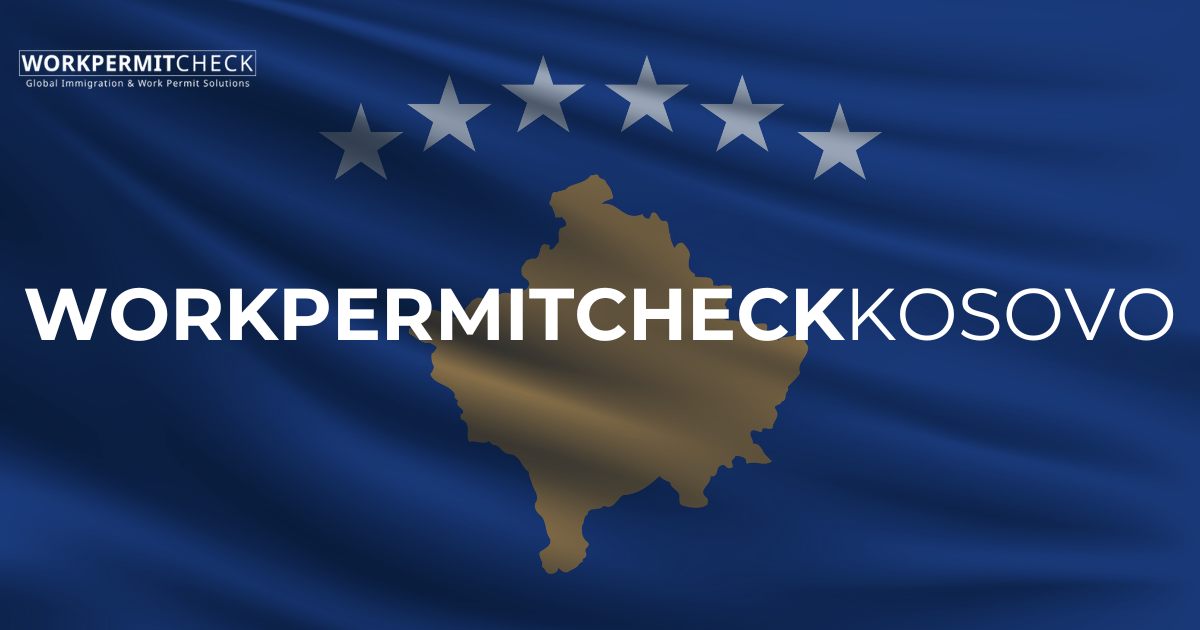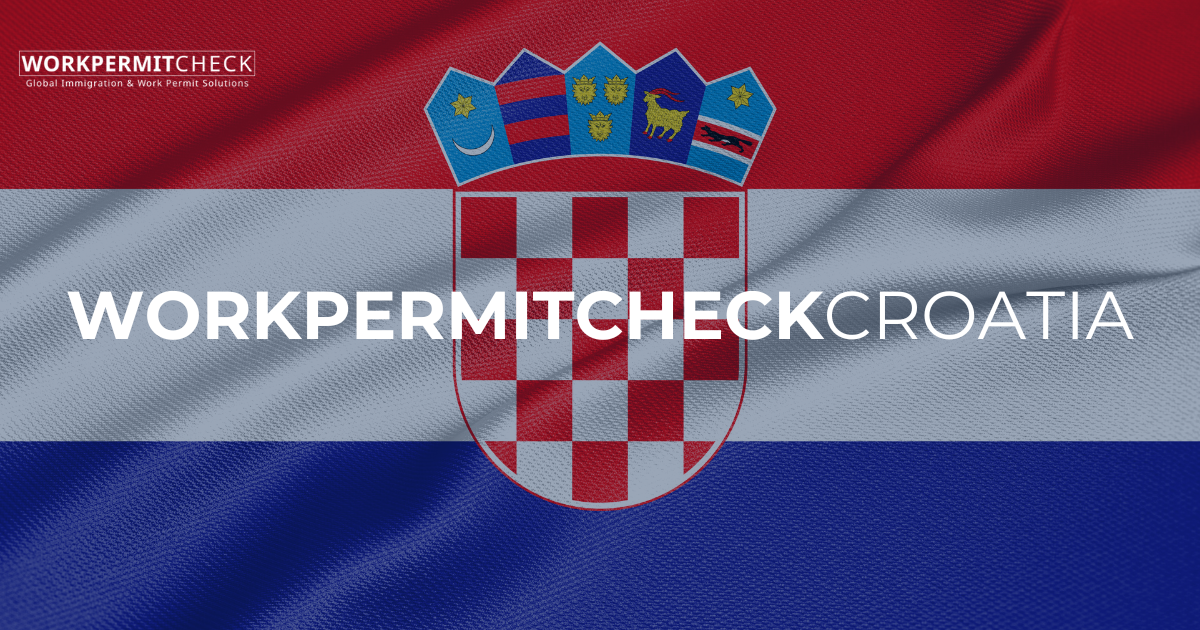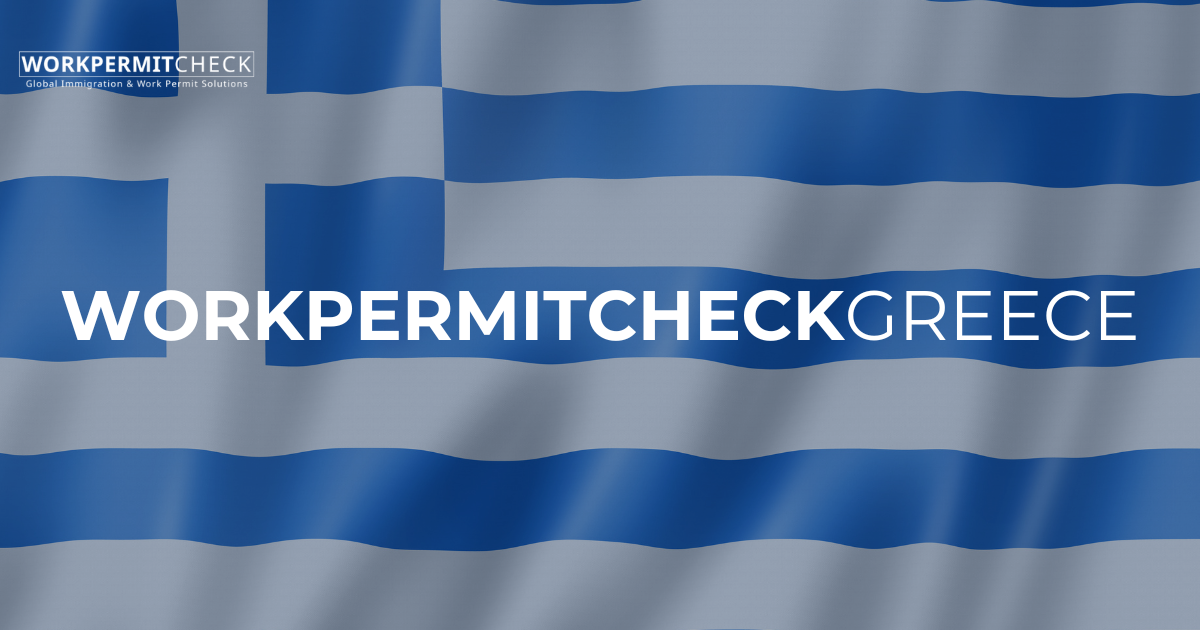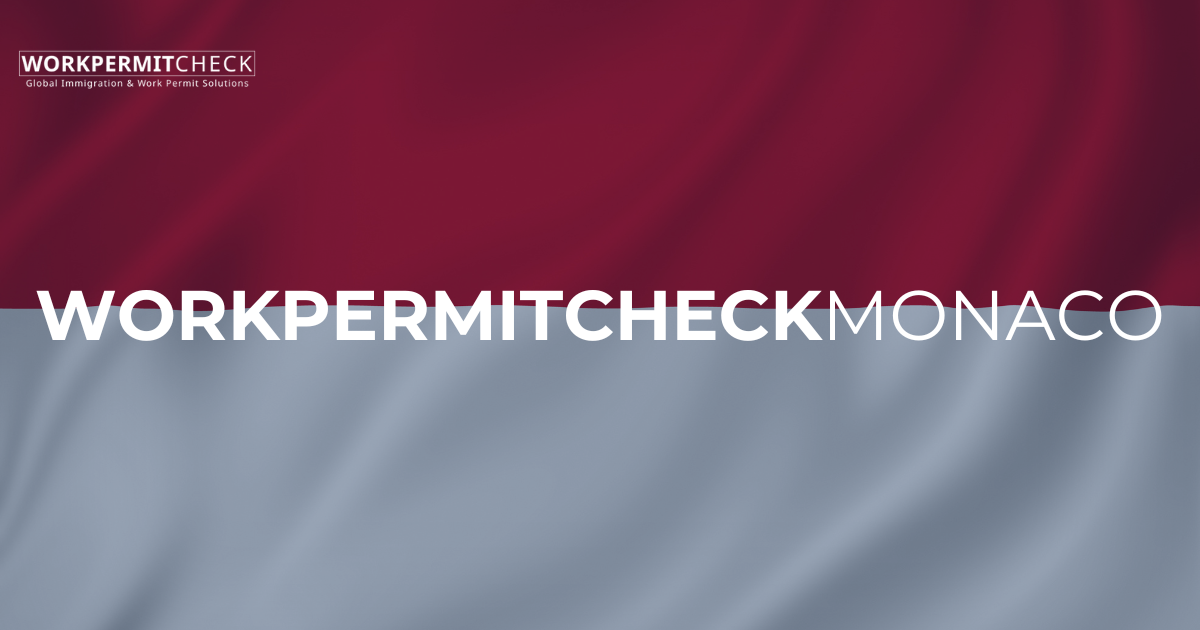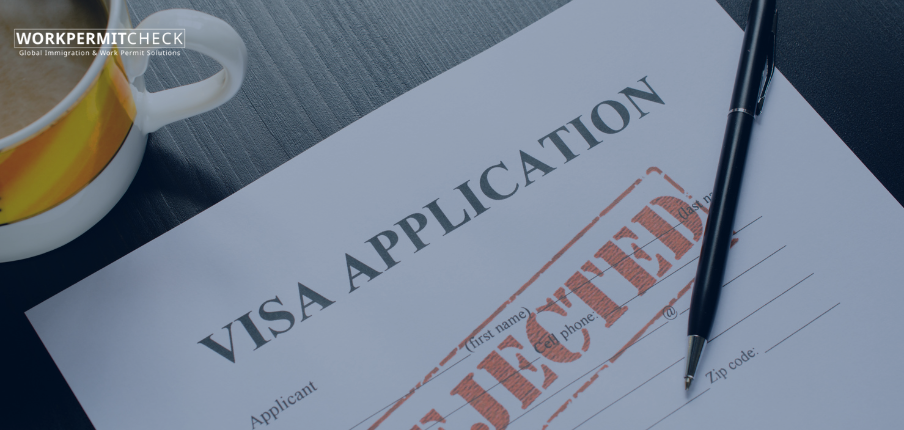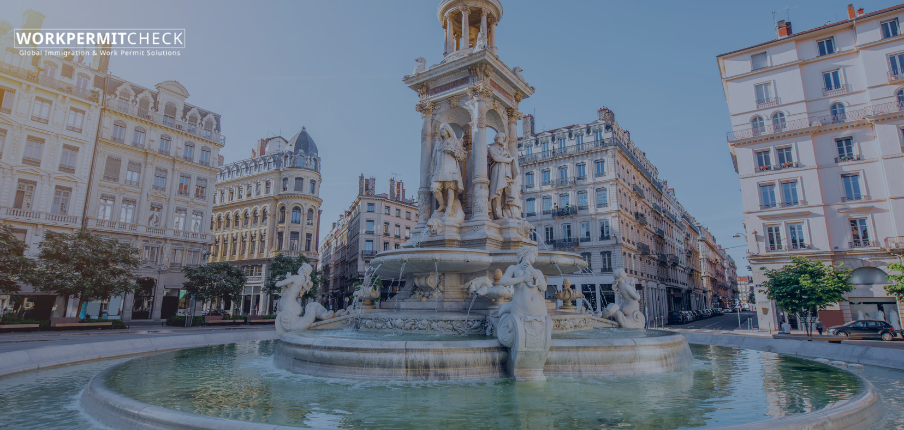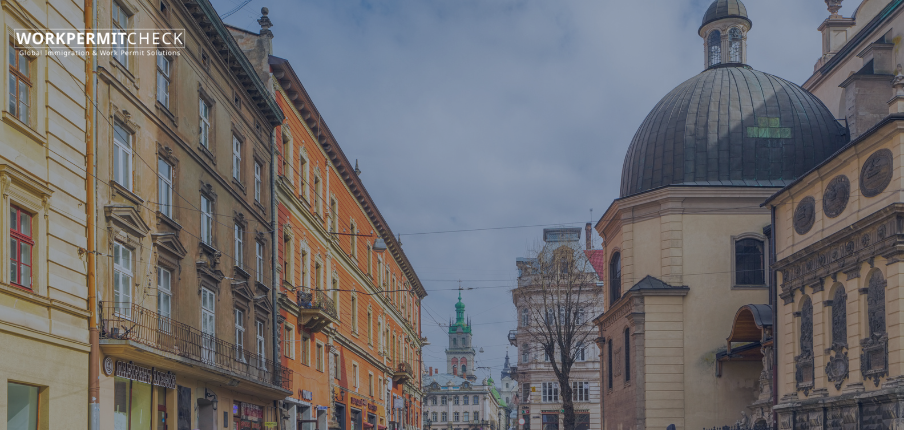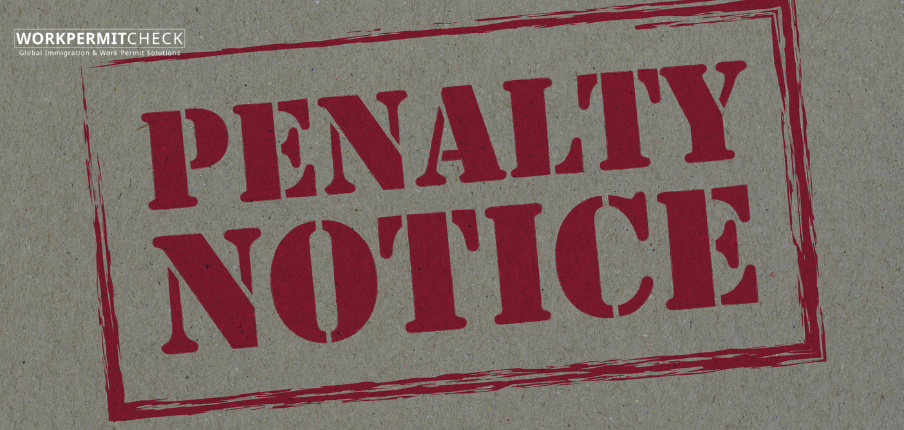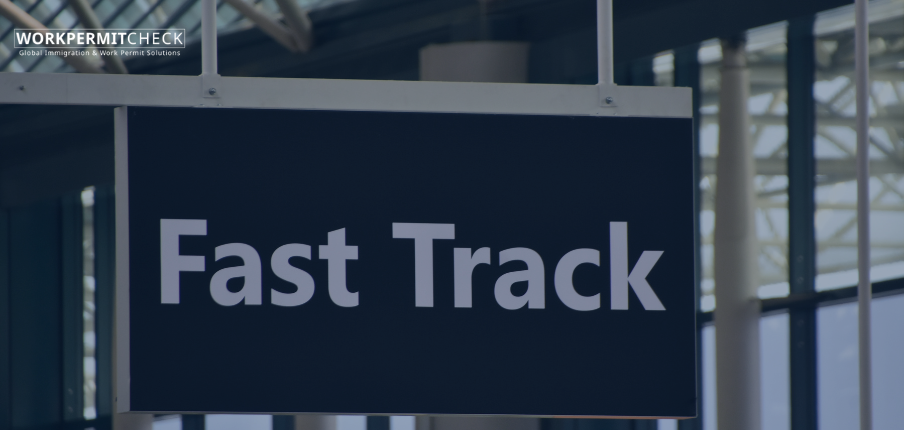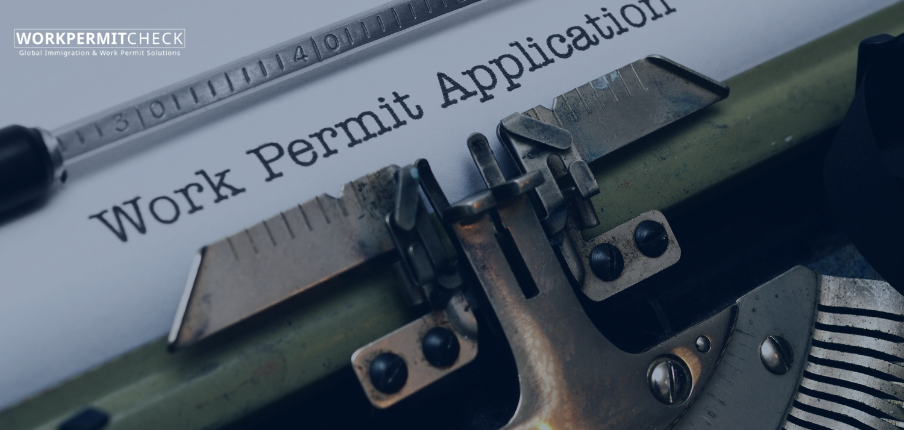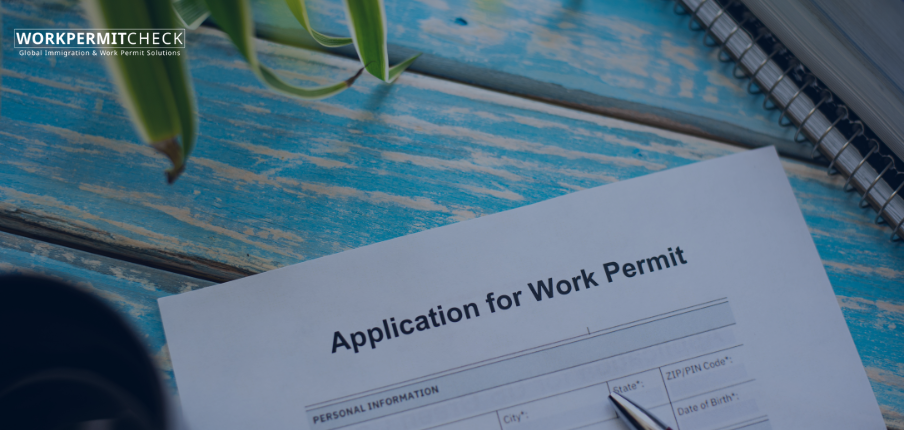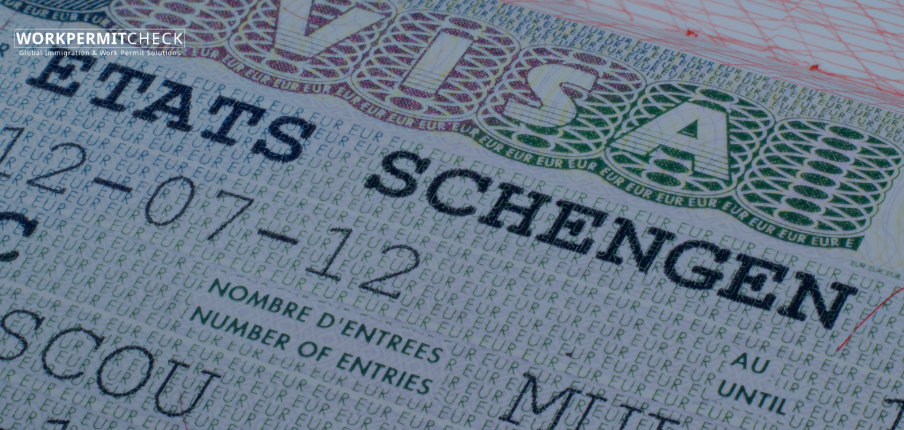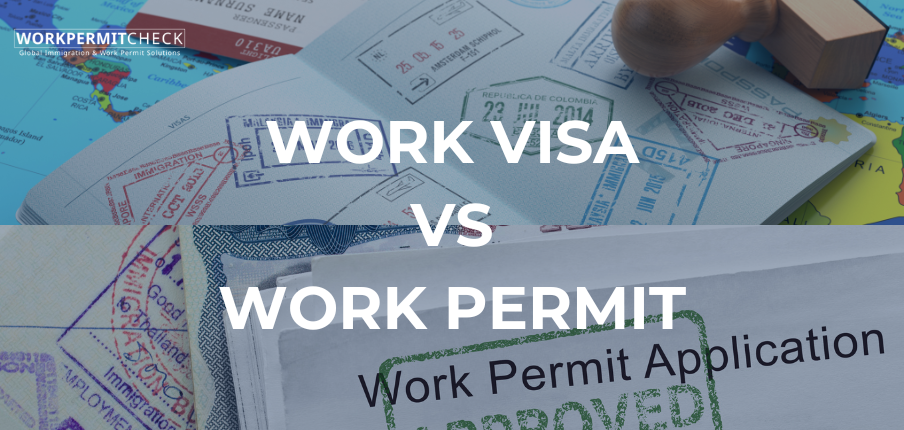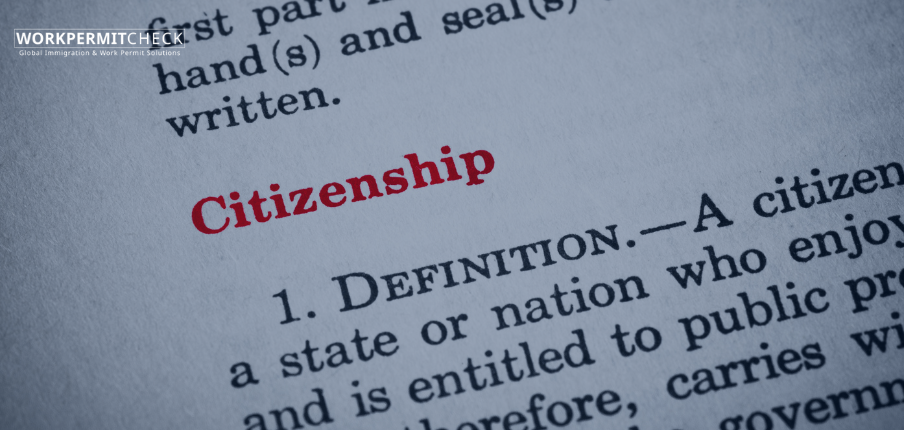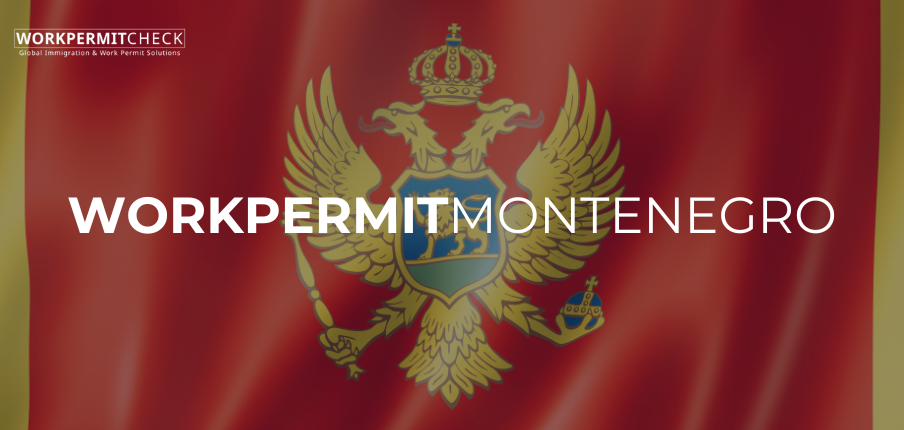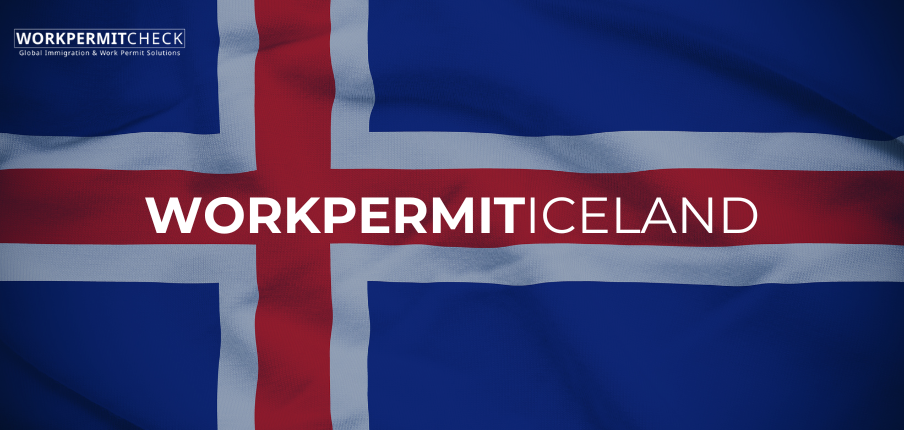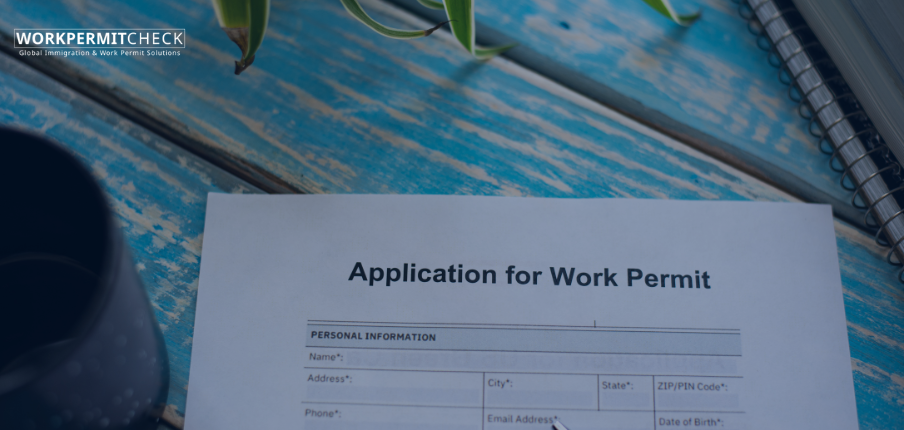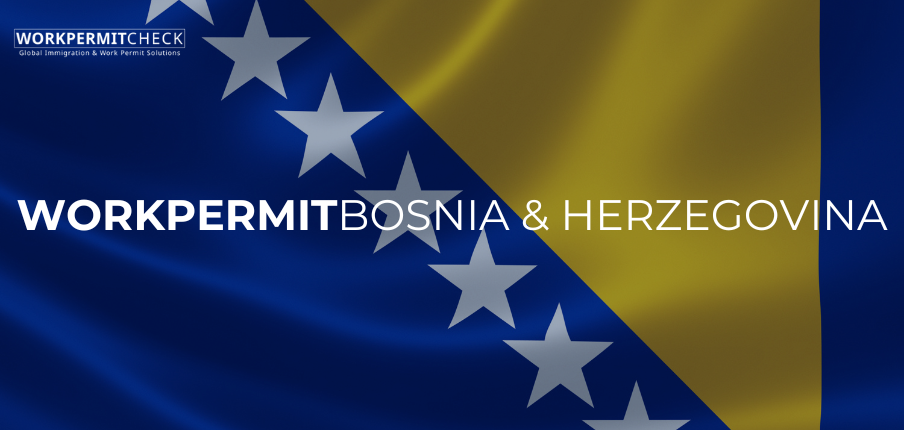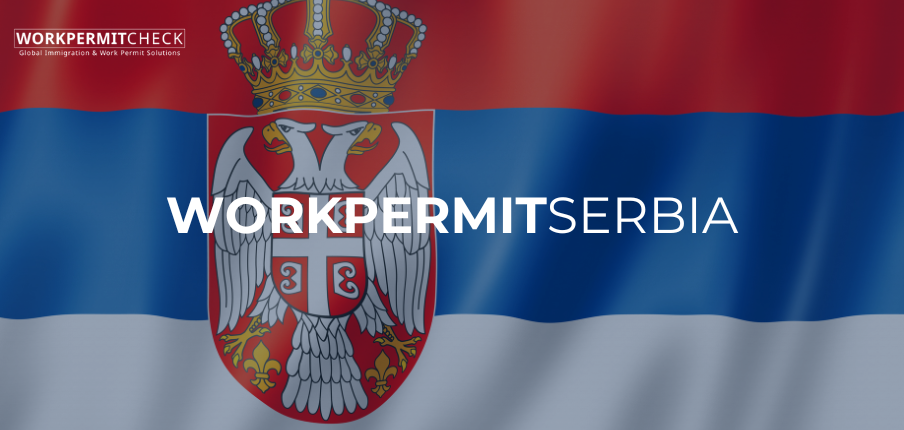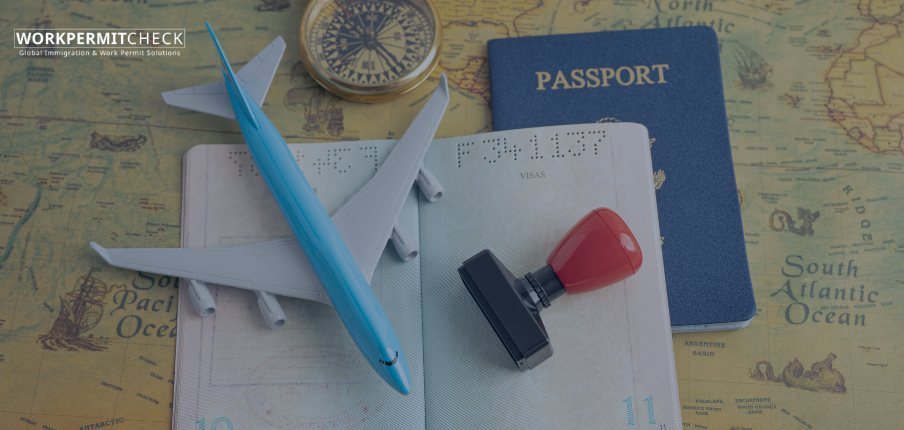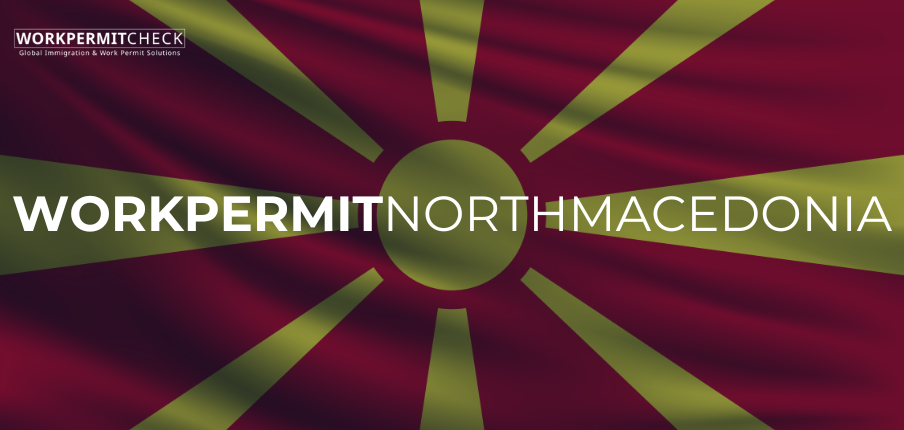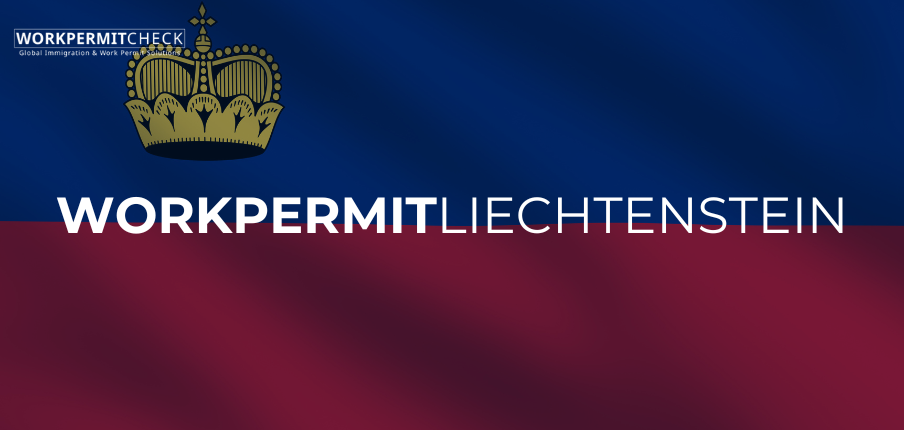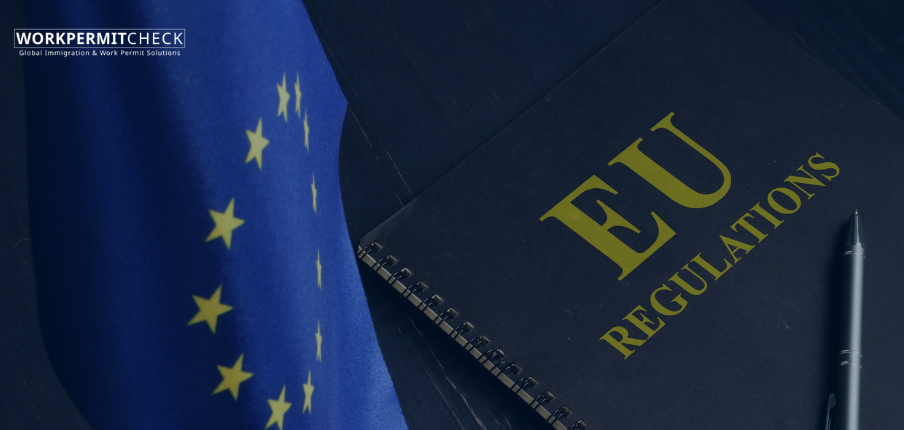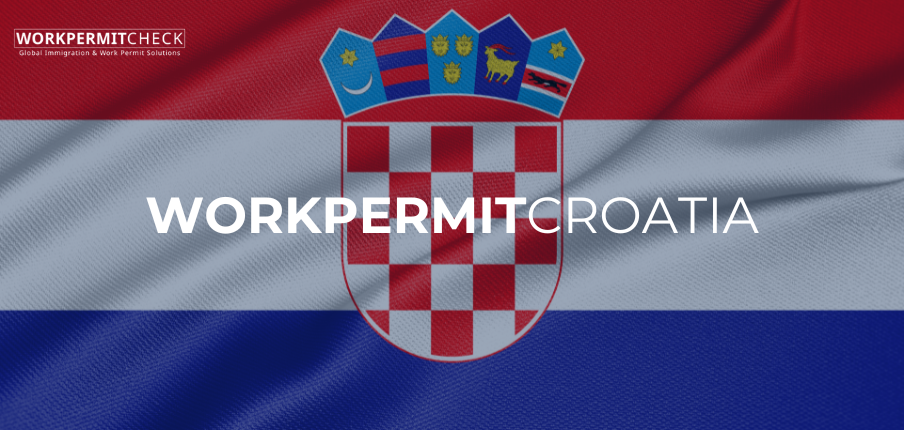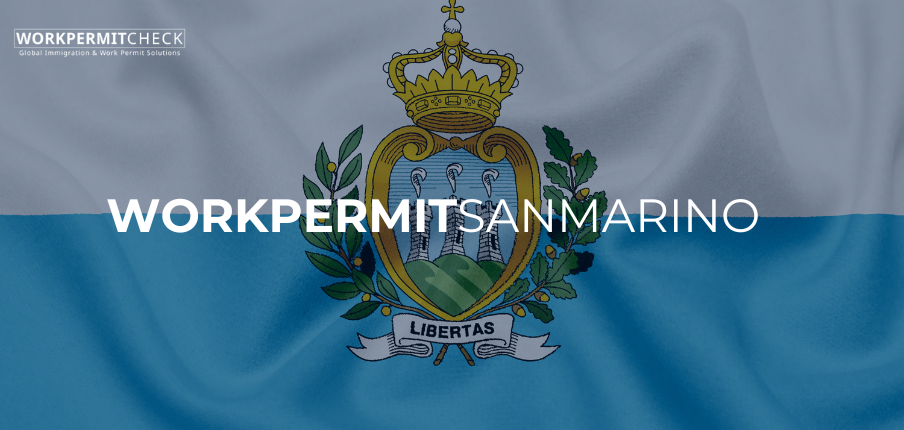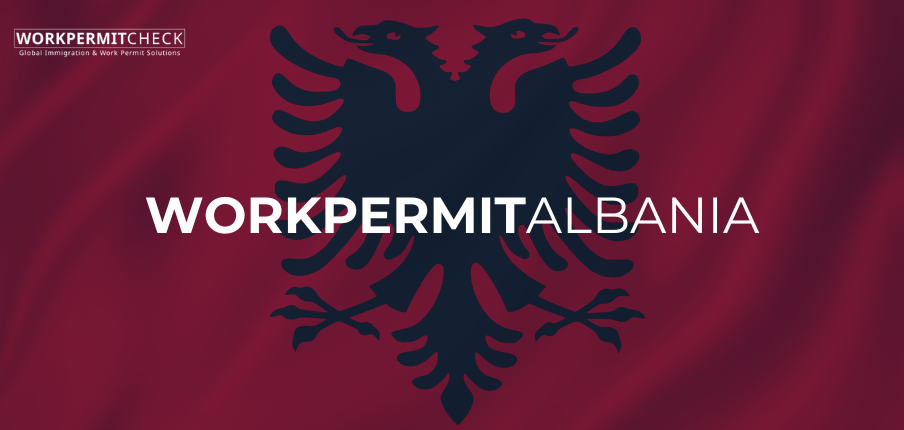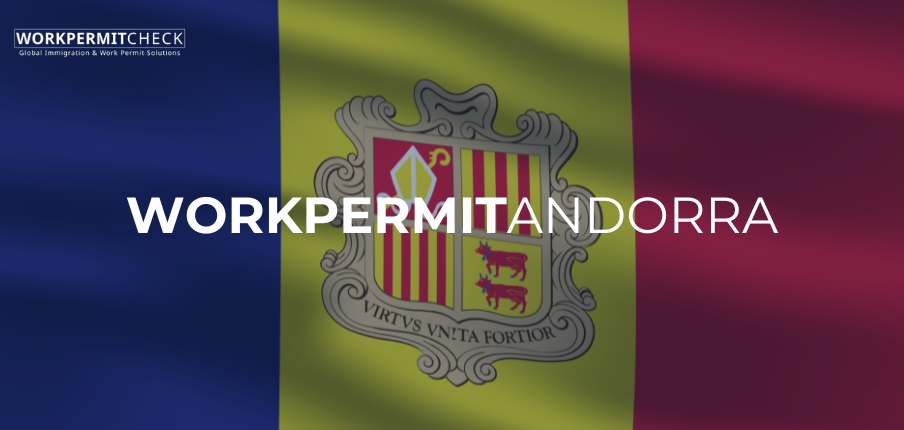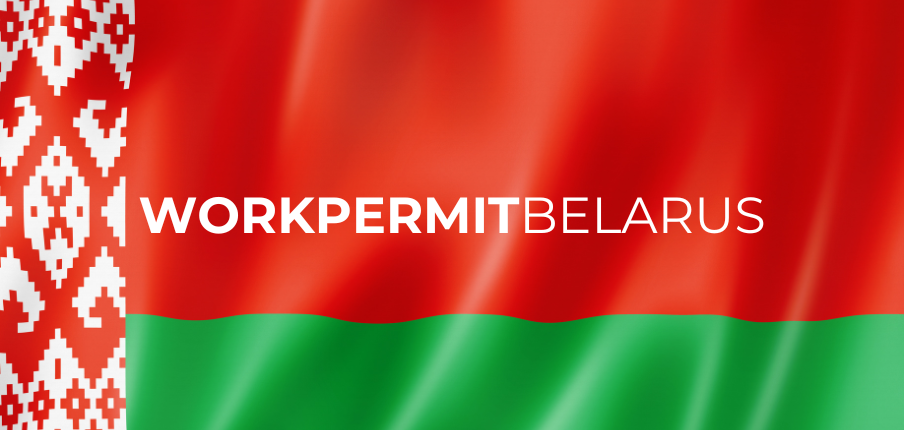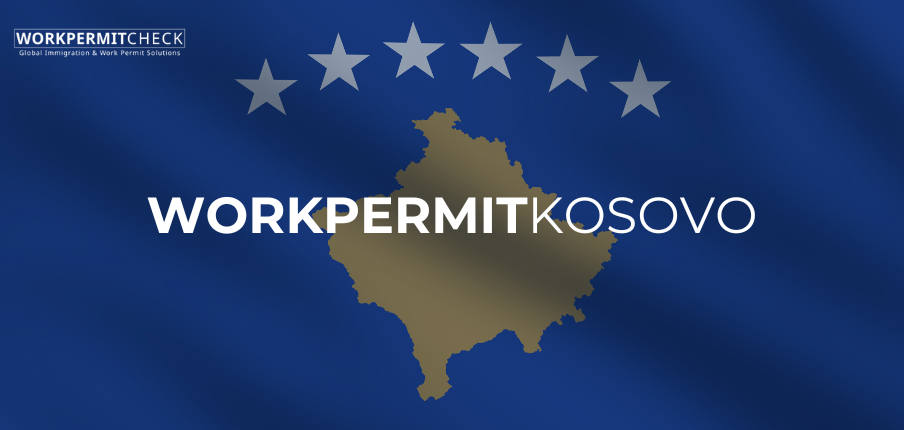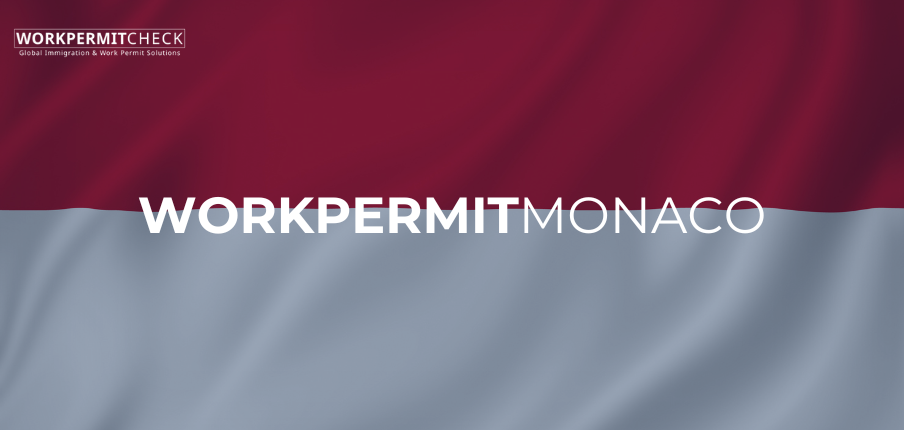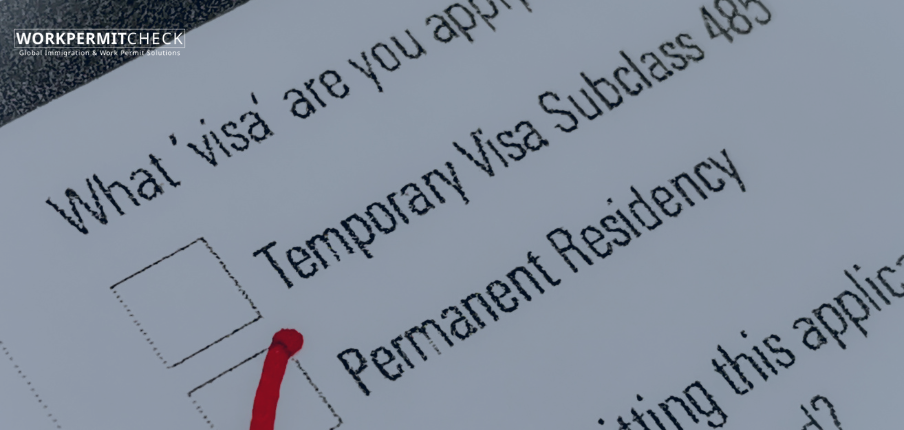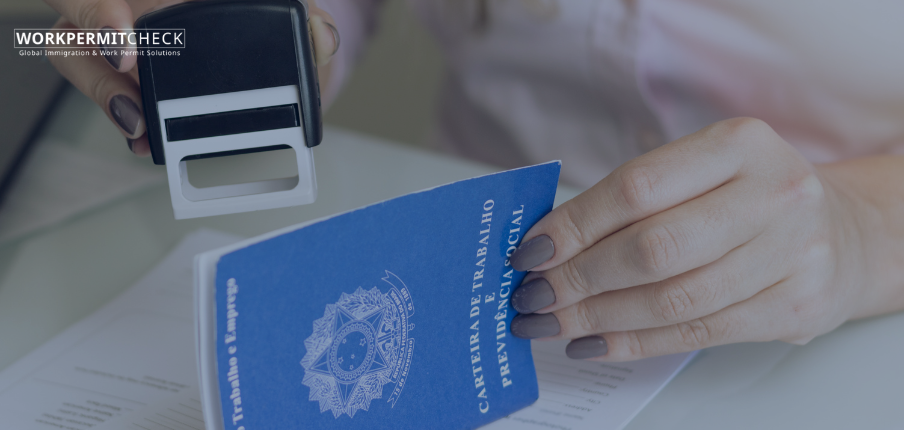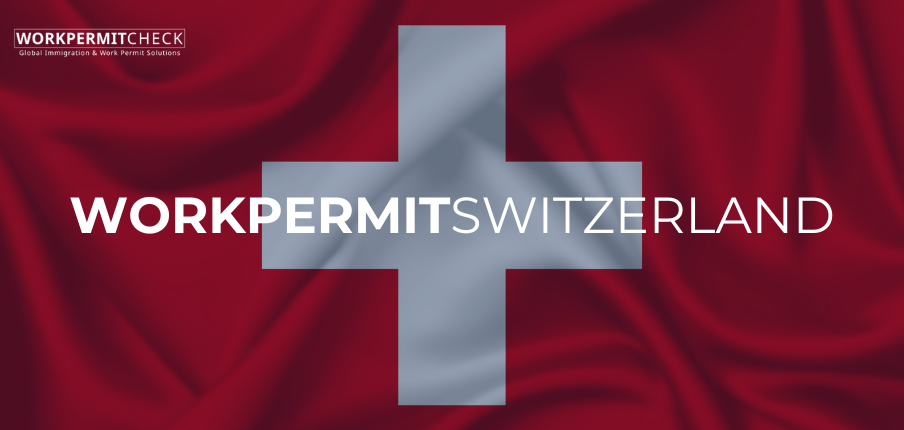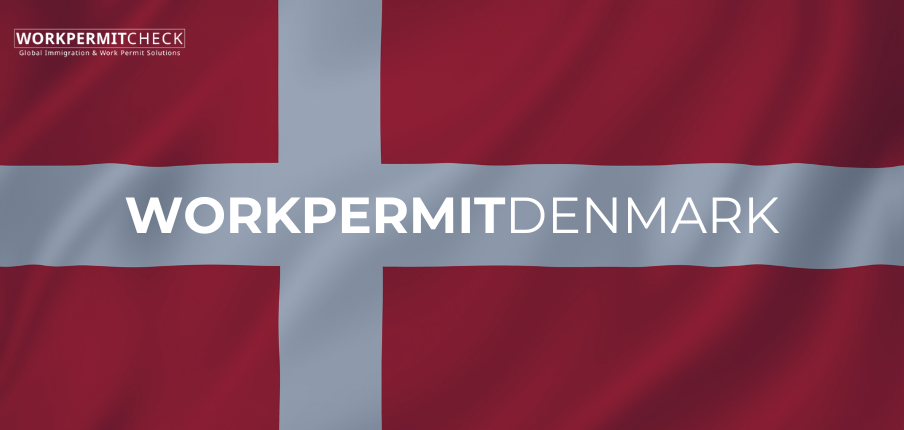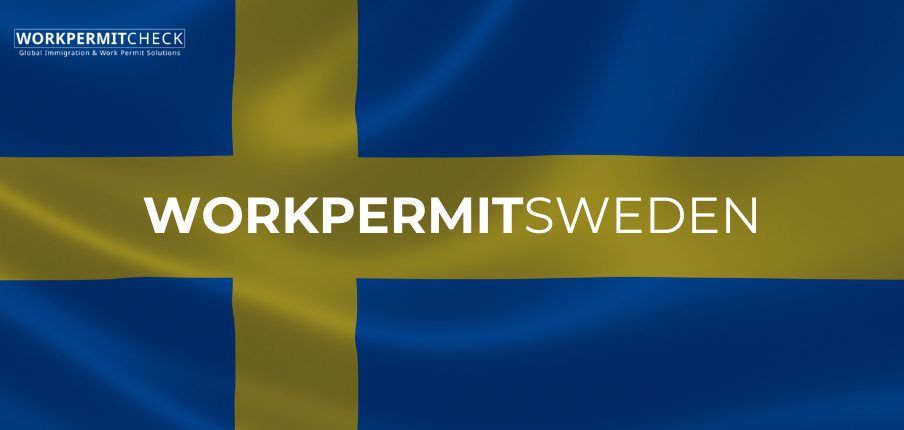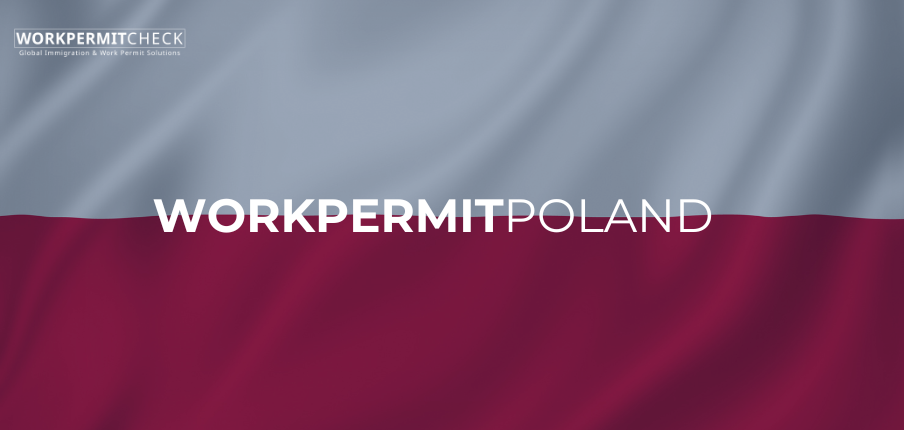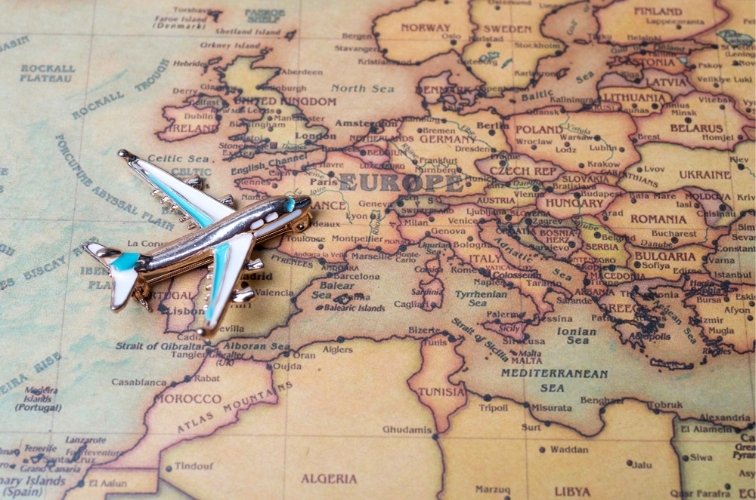San Marino, officially known as the Most Serene Republic of San Marino, is one of the world’s smallest independent states. Entirely surrounded by Italy, it is not part of the European Union or the Schengen Area, but it has special agreements with Italy that govern many practical matters, including immigration and work permits.
How Work Permits in San Marino Are Managed
Although San Marino does not issue its own entry visas for tourists (these are covered under Italy’s Schengen visa rules), it does maintain its own immigration rules for foreign nationals who wish to work or live in the country for extended periods. This means that San Marino does have its own work permit scheme, separate from Italy’s.
Foreign nationals who want to work in San Marino must have:
-
A job offer from a registered San Marino employer.
-
A valid employment contract that complies with local labor laws.
-
A work permit issued by the San Marino Labour Office (Ufficio del Lavoro) and the Office of Civil Status and Immigration (Ufficio di Stato Civile e Immigrazione).
Most work permits are arranged through the employer, who must demonstrate that the position cannot be filled by a local or an Italian citizen (due to the special agreement with Italy). The process typically includes a labor market test and registration with local social security.
Types of Foreign Workers Allowed
In practice, many workers in San Marino are Italian citizens who cross the border daily. For non-EU nationals, it is more complicated:
-
You will need a valid Schengen visa or Italian residence permit to enter Italy, plus the San Marino-specific work permit to legally work within its borders.
-
Residence permits for employment purposes are issued for a fixed duration and can be renewed if the employment continues.
-
Quotas or restrictions may apply depending on the type of work and bilateral agreements with Italy.
How to Apply for a Work Permit
A typical application process involves:
-
The employer submitting a request to the San Marino Labour Office, including justification for hiring a foreign worker.
-
Approval by the Labour Office and issuance of the work authorization.
-
Registration with social security and tax authorities.
-
Application for a residence permit for employment through the Civil Status Office.
Applicants may also be required to present a valid passport, proof of accommodation, proof of financial means, and in some cases, a police clearance certificate.
Key Things to Know
-
Working in San Marino without the proper authorization is illegal, even if you hold an Italian residence permit.
-
Italian citizens benefit from a special status due to bilateral treaties and usually face fewer obstacles.
-
Non-EU nationals should plan well in advance as the process can take time and requires coordination between the employer, San Marino authorities, and Italian entry rules.
Final Thoughts
While San Marino is a microstate, its work permit rules are well-structured to protect the local labor market and maintain the country’s unique legal and economic framework. Anyone considering employment there should ensure their employer handles the process properly and seek professional advice if needed.
Disclaimer:
This post is for general informational purposes only and does not constitute legal advice. Immigration and work permit rules may change. Always consult official San Marino government sources or a qualified immigration adviser before making any plans.



